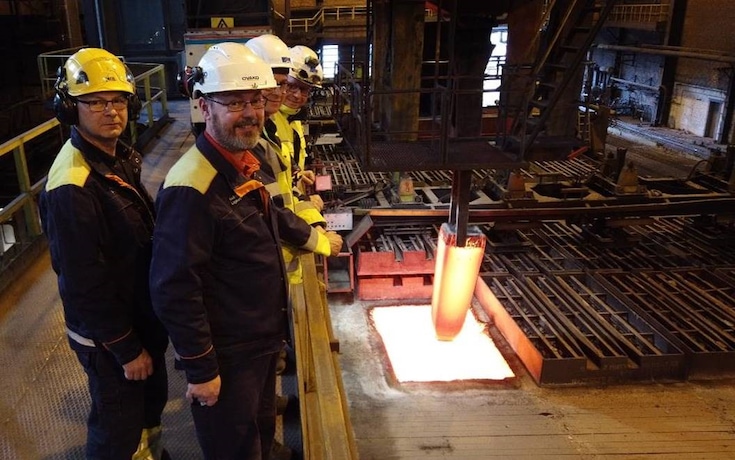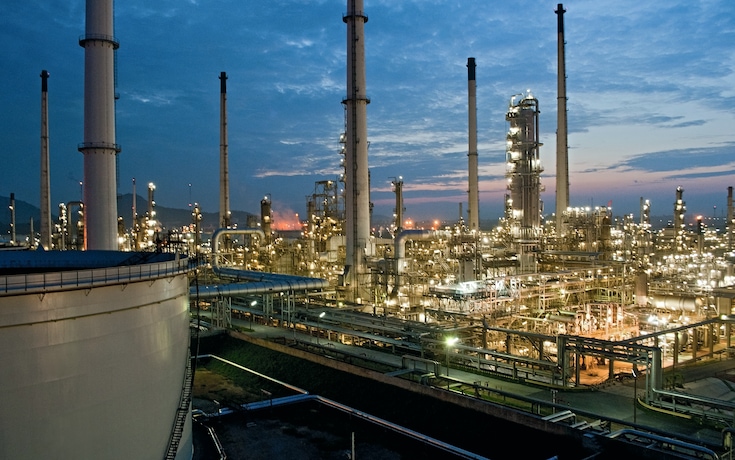Hydrogen Applications
As the world unfolds the full potential of the lightweight gas, the scope for its application increases beyond its traditional uses.

The steel industry is responsible for roughly 5% of global CO2 emissions, and finding ways to reduce emissions is high on steelmakers' agendas. ArcelorMittal Europe, for instance, announced its target to reduce CO2 emissions by 30% by 2030 and targets carbon neutral operations by 2050.
Using hydrogen as a combustion fuel has become an increasingly interesting area of research as steelmakers look to lower their reliance on fossil fuels to lower emissions. When hydrogen fuel burns, it reacts with oxygen and is converted back into water. With steam as the only by-product of hydrogen combustion, hydrogen offers a promising option to tackle emissions. In DRI, for instance, it can be used to replace natural gas to drastically reduce carbon emissions. Another path is to use hydrogen in the blast furnace, which allows for up to 20% of emissions reduction.

Linde offers synthesis plants for the production of ammonia (NH3) or methanol (CH3OH), converting produced hydrogen and nitrogen into ammonia, and respectively, converting CO2 and produced hydrogen into methanol. When green hydrogen is utilized as a feedstock, these products are called green ammonia and green methanol. Cryogenic plants are used to liquefy hydrogen so it can be transported and stored using less space than in its gaseous form. They cool the volatile gas down to minus 253°C to create liquid hydrogen (LH2). In addition, we offer turbo-compressors for hydrogen and LH2 pumps.
Ammonia production, for instance, is a heavy contributor to harmful emissions. Every year, roughly 190 million tons of ammonia are produced globally - using green hydrogen to produce ammonia is therefore a promising path toward a more sustainable future.

Hydrogen is used abundantly by petrochemical companies for the desulphurization process. Using green hydrogen during this process will contribute to achieving the ambitious decarbonization targets set by the industry.
One example, in which Linde is involved, is the REFHYNE project - Clean Refinery Hydrogen for Europe. Funded by the European Commission's Fuel Cells and Hydrogen Joint Undertaking (FCH JU), the project will install and operate the world's largest hydrogen electrolyzer in Shell's Rhineland Refinery in Wesseling, Germany. The first phase comprises a 10MW electrolyzer, while phase II will target the construction of a 100 MW electrolyzer.
Carbon capture for use or storage
Electrolysis for green hydrogen